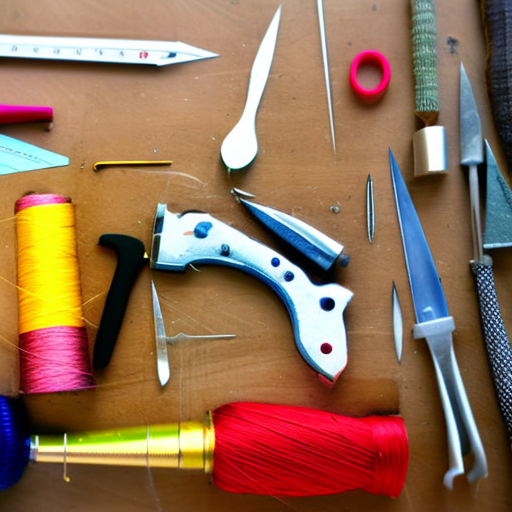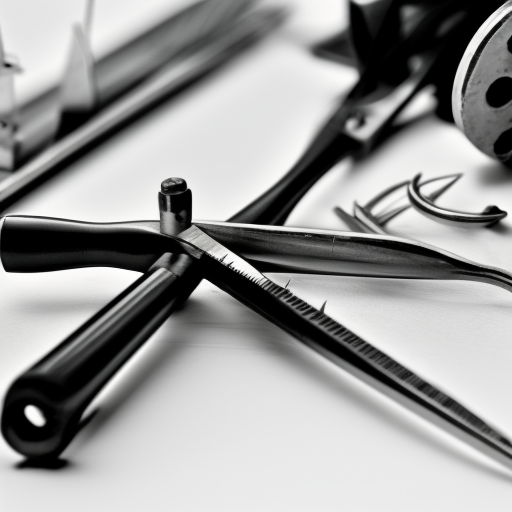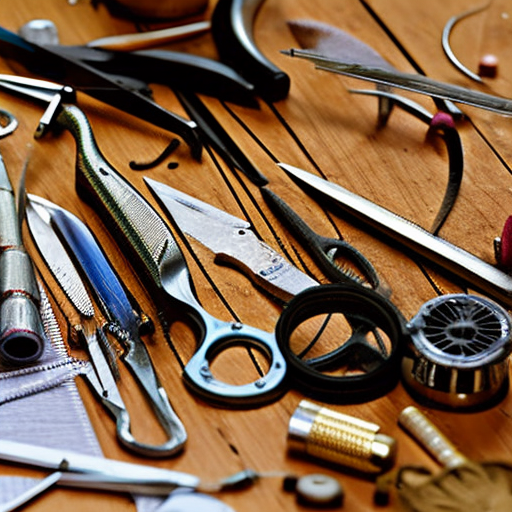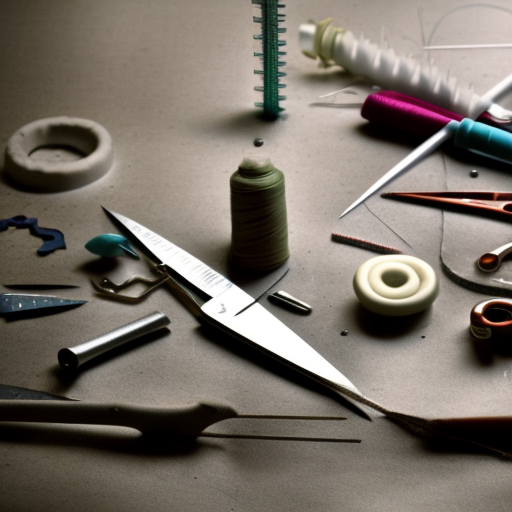If you’re a beginner or have been using a sewing machine for years, there may come a time when your machine stops working correctly. Maybe it’s making strange noises, the stitches are uneven, or it’s simply not working at all. Before you panic and call for repairs, there are a few common issues that you can troubleshoot and fix on your own. In this article, we’ll discuss some common sewing machine problems and how to troubleshoot them.
1. Machine Fails to Turn On
The first thing to check if your sewing machine isn’t turning on is the power supply. Make sure it’s plugged in and the outlet is working. If the machine still doesn’t turn on, try unplugging it for a few minutes and then plugging it back in. If it still doesn’t turn on, check the fuse in the plug or try using a different outlet. If none of these solutions work, you may have a blown fuse or a faulty power cord, which will require professional help.
2. Needle Breakage
Needle breakage is a common issue that can be caused by various factors. The first thing to check is the type and quality of the needle you’re using. Make sure you’re using the right needle for your fabric type and that it’s not bent or damaged. Additionally, make sure you’re using the correct needle size for your thread. Using a smaller needle for thicker thread can cause it to break. If the needle is the right size and type, then check that it’s properly inserted in the machine and not hitting any parts. You may also need to adjust the tension if the thread is getting caught and causing the needle to break.
3. Uneven Stitches
If you notice that your stitches are uneven, there could be a few different causes. First, check that the needle is inserted correctly and isn’t bent or damaged. Next, make sure the thread is properly threaded through the machine’s tension discs. You may need to rethread the machine to fix this issue. Another common cause of uneven stitches is incorrect tension. Adjusting the tension can help even out the stitches. If these solutions don’t work, you may need to clean the tension discs and replace the needle before trying again.
4. Thread Bunching Up
If your thread is bunching up under the fabric, there may be an issue with the bobbin. First, check that the bobbin is inserted correctly and wound evenly. If the bobbin is inserted the wrong way, it can cause the thread to bunch up. You may also need to adjust the tension on the bobbin case or clean out any dust or lint in the bobbin area. If these solutions don’t work, there could be a problem with the timing of your machine, which will require professional assistance.
5. Machine is Making Strange Noises
If your sewing machine is making unusual noises, it could be a sign of a more serious problem. Before anything, turn off the machine and unplug it. Check for any loose screws or parts and tighten them if necessary. You may also need to clean out any dust and debris in the machine. If the noise persists, there may be an issue with the motor or other internal parts, which will require professional repair.
Conclusion
No matter what sewing machine problem you encounter, it’s always best to start with the basics. Check that the machine is properly plugged in and threaded correctly. Many issues can be easily fixed by cleaning and adjusting the tension. If you’re still experiencing problems, it’s always best to consult the manual or seek professional help. By troubleshooting these common problems, you can save time and money from having to take your machine in for repairs and get back to sewing in no time.





Always follow the user manual first! Keep your fingers crossed this helps you find a solution to your problem!
Check the power supply. It could be something as simple as the machine just not being plugged in!
Great advice so far! Not sure what the problem is specifically, but if the power supply proves to be okay, then it might be helpful to check that the machine is properly threaded. If not, it can throw off stitches and cause other issues.
You could also check the settings of your sewing machine – make sure you have the right tension settings. It might be an issue with the bobbin or the pressure foot that has to do with the settings. If so, that should help you diagnose the problem!
Definitely check out the user manual! If you need further troubleshooting, take a look at any online tutorials that could provide some helpful tips.